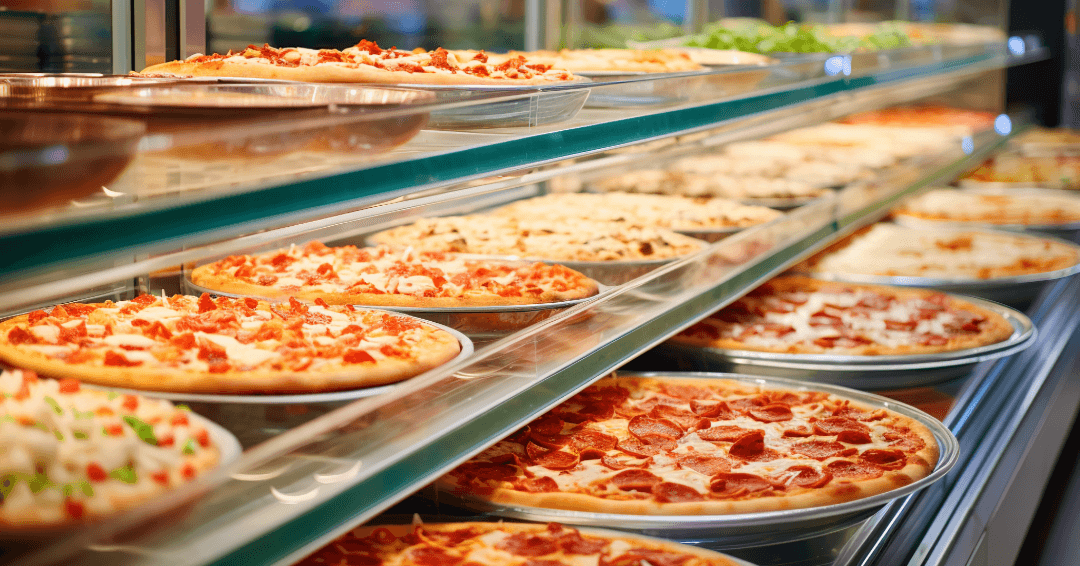Point of View - Why Fewer Menu Items Mean More Customer Satisfaction
Posted by Stelios on 18th May 2024 Reading Time:
I have come to appreciate a seemingly counterintuitive truth: less really can be more, especially when it comes to menu options. This realisation is rooted deeply in the psychological phenomena known as paralysis by analysis and the paradox of choice. These concepts have fundamentally shaped how I approach business, underscoring the importance of simplicity in a world overwhelmed by options.

Paralysis by analysis occurs when the decision-making process is halted by overthinking or overanalysing the situation. It's a common occurrence in today's decision-rich environment. In many fish and chip shops I visit, I have noticed that when faced with a broad menu, customers often hesitate, their satisfaction clouded by the sheer number of choices. This delay slowed down service but also diminished the customer experience. They were stuck in a loop of analysis, trying to make the "perfect" choice amidst an array of options.
The paradox of choice, a term popularised by psychologist Barry Schwartz, complements this concept. It suggests that while some choices are essential for freedom and satisfaction, an overabundance can lead to decision fatigue, reduced satisfaction, and even regret over the choices made. In practice, when customers are presented with hundreds of menu items and variations, their ability to choose swiftly and be satisfied with their decision decreases noticeably.
Drawing on these insights, it is evident that your menu could be streamlined. The focus will shift from offering an extensive array of menu items to perfecting a select few. This will not only improve the quality and consistency of your food—it directly addresses the customer's dilemma of choice. By limiting options, you reduced the mental load on our customers, allowing them to make quick, confident decisions without the fear of missing out on something better.
This approach also has profound implications for customer loyalty and business efficiency. Customers who experience a straightforward, satisfying decision-making process are more likely to return. They recall the ease and pleasure of their previous experience, fostering a sense of loyalty. Additionally, a simplified menu allows for faster decision-making, speeds up service, reduces queues, and enhances overall efficiency.

Some notable examples:
McDonald's: In the past, McDonald's found that an overly complicated menu led to longer wait times and customer frustration. The company has periodically streamlined its menu to focus on popular items and improve service speed. For instance, they introduced the "All Day Breakfast", initially a hit but later scaled back to simplify operations and speed up service.
Starbucks: Starbucks offers a wide array of drink options, which can be customised in numerous ways (such as type of milk, flavour, oradditives like espresso shots or syrups). While this allows for personalisation, it can also overwhelm new customers or those who prefer a more straightforward choice, leading to longer lines and decision fatigue.
Subway: Subway is another example where customers can customise their sandwiches in countless ways, from choosing the bread and type of protein to various sauces and toppings. While customisation is a key selling point, it can also lead to slower service and complexity in decision-making, especially during peak hours.

The embrace of a simpler, more focused menu is not just about operational efficiency; it's about understanding and responding to human psychology. The paradox of choice and paralysis by analysis are natural barriers that can detract from customer satisfaction and business success. By consciously choosing to limit our offerings, we not only streamline our operations but also enhance our customers' overall dining experience.
As business owners, especially in industries inundated with choices like food service, recognising and mitigating the negative impacts of too many options can be a strategic advantage. It's about balancing variety and simplicity, ensuring customers feel happy and fulfilled rather than overwhelmed and regretful. This strategic simplicity is the key to building a loyal customer base in today's choice-saturated market, empowering us with the knowledge to make informed decisions.

